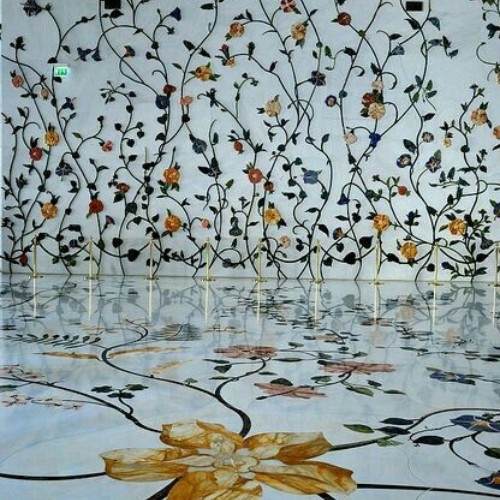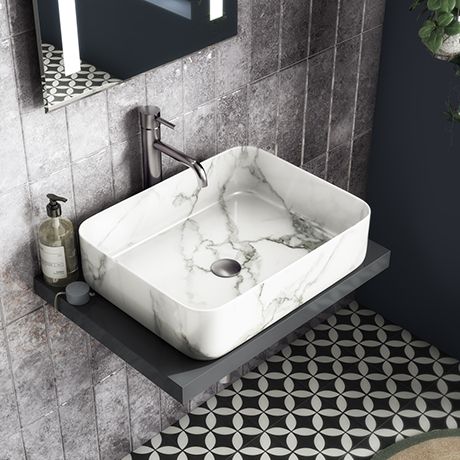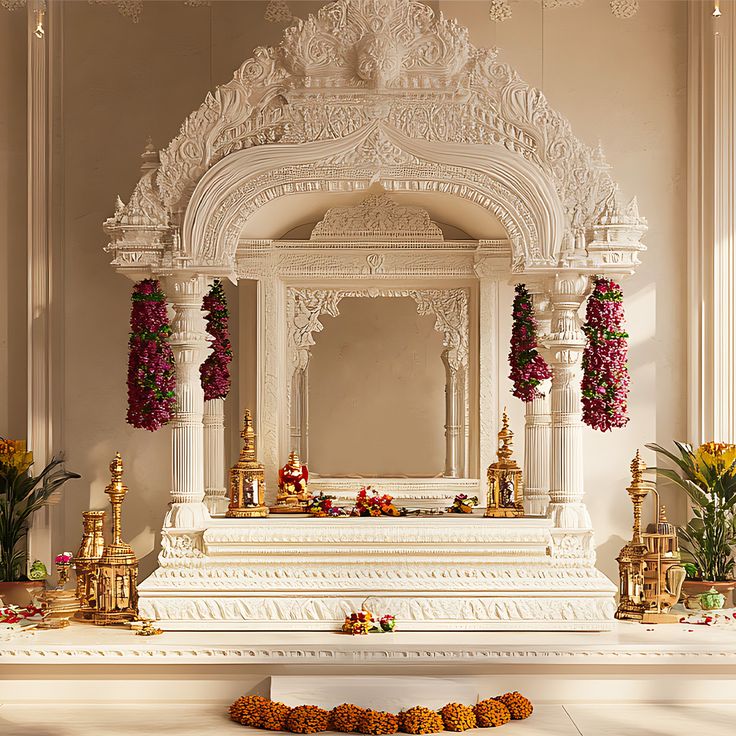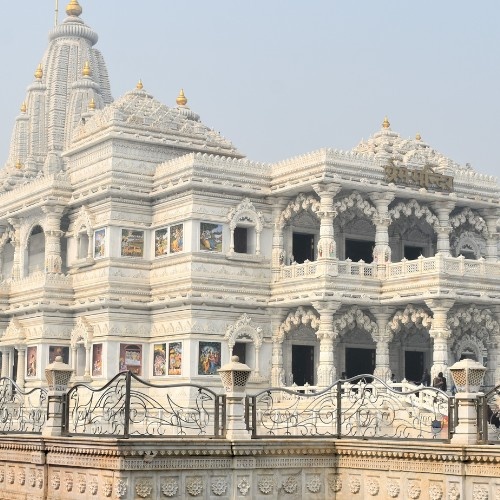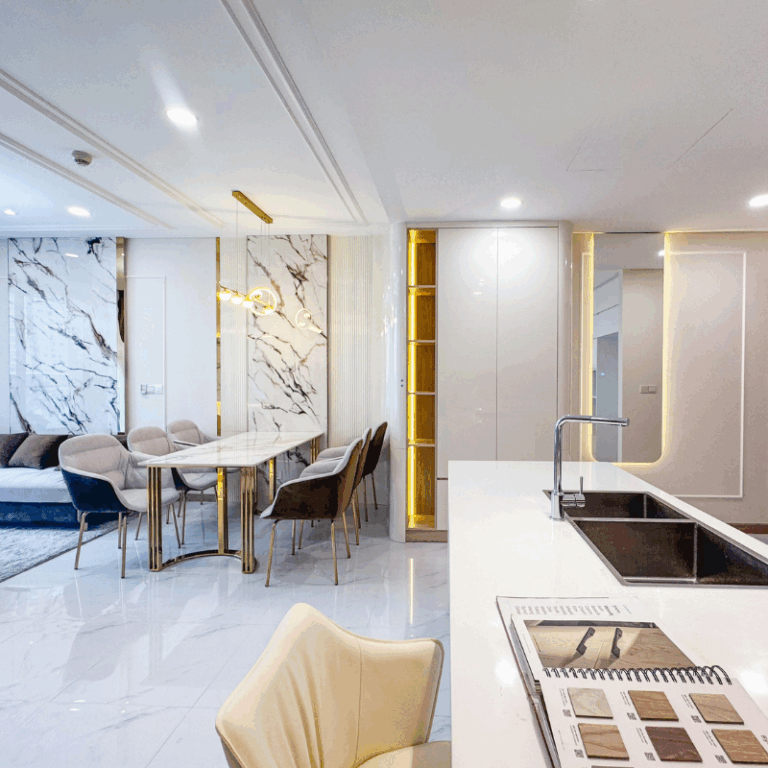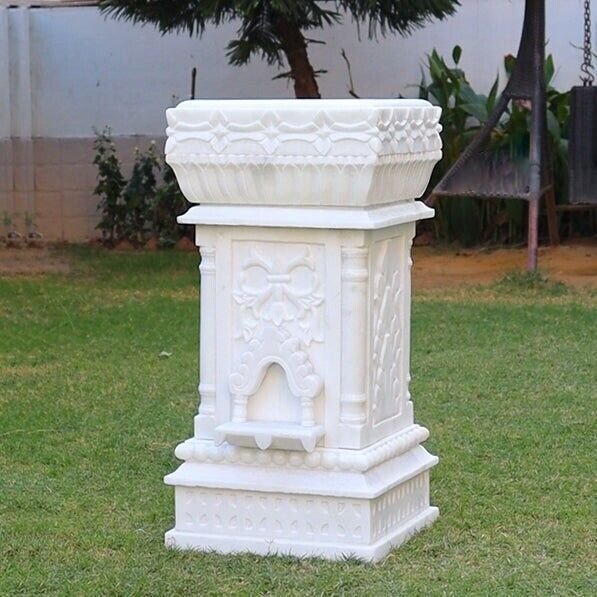Makrana Marble from Rajasthan is not just a building material, it’s a timeless symbol of beauty, strength, and spiritual elegance. For centuries, this pure white stone has been used in some of India’s (and the world’s) most iconic monuments. From royal Mughal structures to sacred temples, Makrana Marble has stood the test of time with its unmatched shine and durability. Exploring the Makrana Marble history helps us understand why this extraordinary marble has been prized for generations and featured in legendary buildings.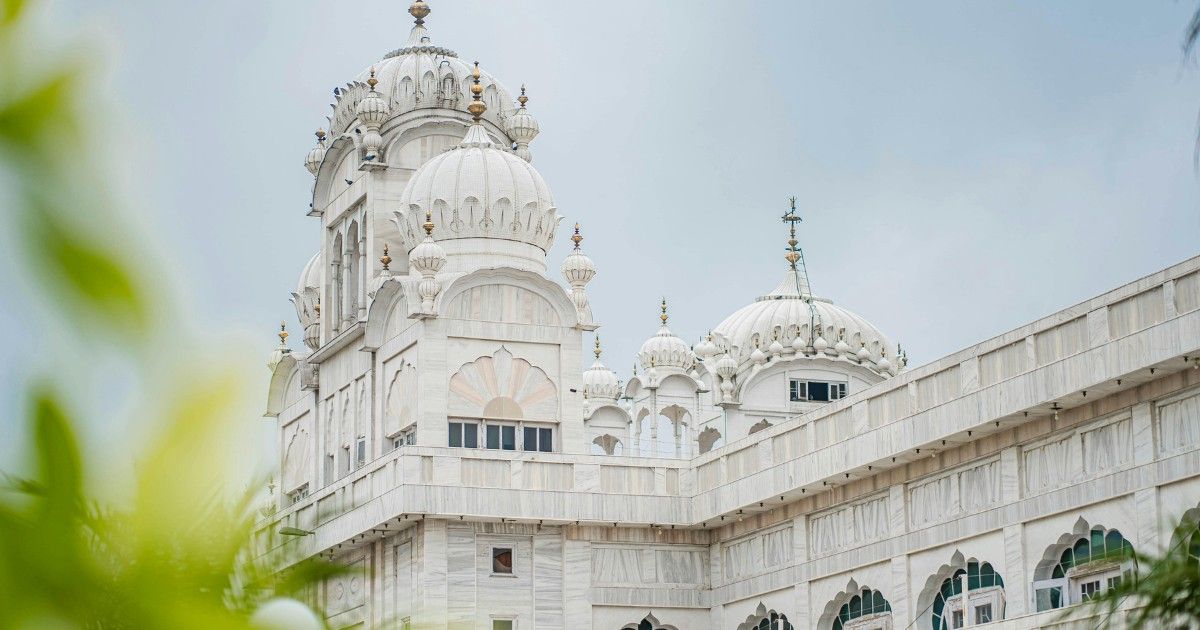
1. Taj Mahal, Agra – A Symbol of Eternal Love
The Taj Mahal is the most iconic monument ever made with Makrana Marble. Built in the 17th century by Mughal emperor Shah Jahan in memory of his wife Mumtaz Mahal, the entire structure glows in white marble that was transported from Makrana. The marble’s natural shine, smooth surface, and strength have helped the Taj Mahal survive centuries without losing its charm. This remarkable example highlights the Makrana Marble history, showcasing why it has been prized for architectural excellence and timeless beauty.
2. Shahjahani Masjid, Makrana – Mughal Grace in Marble
The Shahjahani Masjid, located in Makrana itself, was built by Emperor Shah Jahan around 400 years ago. It is a historical mosque that reflects the unique combination of Islamic architecture and Mughal finesse. Crafted entirely with local Makrana Marble, the mosque’s prayer hall and domes still shine with natural beauty. This masterpiece of Mughal architecture highlights the Makrana Marble history, proving how strong, durable, and everlasting this marble truly is.
3. Golden Temple, Amritsar – Purity in Devotion
The Golden Temple, or Sri Harmandir Sahib, is the spiritual heart of Sikhism. While the upper part is gold-covered, the lower structure uses Makrana Marble to give it a calm, peaceful, and divine look. The walkways, floors, and inner structures made of this white marble create a beautiful contrast with the temple’s golden dome. This example highlights the Makrana Marble history, showing how its purity and elegance enhance the sacredness of holy sites, welcoming millions of devotees every year.
4. Ram Mandir, Ayodhya – A New Age of Devotion
The grand Ram Mandir in Ayodhya, recently built as a symbol of faith and unity, has also used Makrana Marble in several parts of its structure. The choice of this marble reflects its spiritual importance and royal heritage. Known for its natural cooling property and peaceful aura, Makrana Marble gives the Ram Temple both beauty and grace. Its white shine brings out the purity of the place and connects modern-day devotion with ancient tradition, highlighting the Makrana Marble history in contemporary religious architecture.
5. Birla Mandir, Jaipur – Modern Temple with Royal Elegance
Built by the Birla family in Jaipur, this temple is a fine example of how Makrana Marble continues to be relevant even in modern architecture. Dedicated to Lord Vishnu and Goddess Lakshmi, the Birla Mandir features finely carved statues and white marble walls that look stunning in both daylight and at night. The polished marble not only enhances its beauty but also keeps the interiors cool and peaceful — a perfect place for prayer and reflection, showcasing the Makrana Marble history in contemporary temple architecture.
6. Victoria Memorial, Kolkata – British Architecture Meets Indian Marble
The Victoria Memorial is one of Kolkata’s most visited tourist attractions. Constructed during British rule in memory of Queen Victoria, this huge palace-like structure was made using Makrana Marble. Its white domes, high arches, and grand hallways shine bright and stand tall even today, making it a historic blend of European style with Indian materials. This example highlights the Makrana Marble history, showing how it was preferred by British architects for its royal appeal and timeless beauty.
7. Moti Masjid, Agra Fort – The Pearl Mosque of Shah Jahan
Inside the Agra Fort lies the stunning Moti Masjid, also built by Shah Jahan, often called the “Pearl Mosque” due to its shining white appearance. Crafted entirely in Makrana Marble, the mosque stands as another brilliant example of Mughal love for purity and detail. The clean, polished finish of the marble still reflects light beautifully, creating a peaceful ambiance that matches the mosque’s name, highlighting the Makrana Marble history in Mughal architecture.
8. Red Fort, Delhi – Marble in Mughal Majesty
While the Red Fort is mostly built using red sandstone, the Diwan-i-Khas (Hall of Private Audience) and several internal sections use Makrana Marble for decoration, pillars, and flooring. The famous line, “If there is paradise on Earth, it is here, it is here, it is here,” was said inside this marble-filled hall. The Mughal emperor Shah Jahan’s vision of combining strength with beauty is clearly visible through the marble elements, highlighting the Makrana Marble history in Mughal architecture.
9. Jain Temples, Ranakpur – Carving Divinity in Marble
The Ranakpur Jain Temples are known for their breathtaking carvings and fine architecture. Built with Makrana Marble, these temples have thousands of marble pillars, each with different patterns. The smooth and soft texture of the marble allows for detailed sculpting, making the temple a living art museum. Its cool interiors and spiritual ambiance make it one of India’s most divine places, showcasing the Makrana Marble history and its unmatched craftsmanship.
10. Dargah Ajmer Sharif – Unity in Faith
The famous Dargah of Khwaja Moinuddin Chishti in Ajmer is a sacred site that welcomes people of all religions. Many parts of this holy complex use Makrana Marble for flooring, walls, and tomb surrounds. The white marble brings a sense of peace and purity, helping devotees feel connected to the divine energy of the place. Its lasting shine has kept the Dargah glowing through centuries, highlighting the Makrana Marble history in religious architecture.
11. Gurudev Ashram, Mathura – Marble Peace in Devotion
Gurudev Ashram in Mathura is another example of spiritual centers that use Makrana Marble for floors and temple structures. The marble keeps the temple atmosphere cool and calm, perfect for meditation and devotion. Its soft glow adds a divine touch to the prayers and rituals held here, reflecting the Makrana Marble history in sacred architecture.
A Marble That Made History
From the Mughal Empire to modern India, Makrana Marble has graced palaces, temples, mosques, and even British memorials. Its timeless beauty, natural shine, long life, and religious value make it one of the most respected stones in architecture, highlighting the Makrana Marble history and its enduring significance across centuries.
At Rander Marble Craft, we bring you the same quality of Makrana Marble used in these legendary monuments. Whether you’re building a pooja room, temple, or decorative space — choose what history chose.
Choose Makrana. Choose legacy. Choose Rander Marble Craft.

